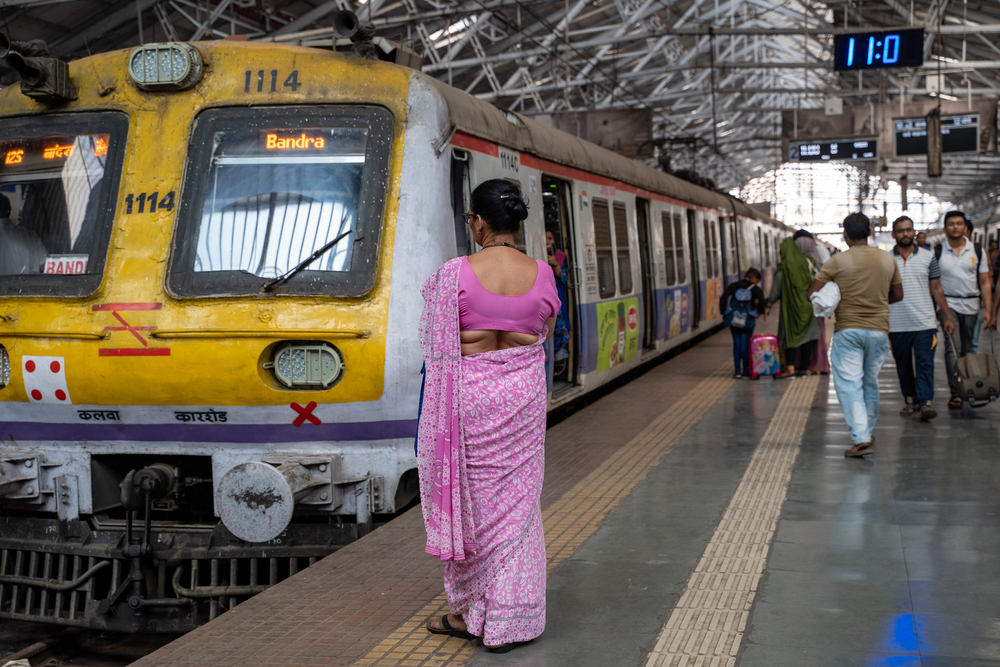For the first time in the history of Independent India, the Indian railways was forced to halt its passenger operations for more than a month. In regular times, this would have been peak season for railway services as people would be travelling across the country during summer holidays, driven to their destinations by nameless engine drivers or loco-pilots, as they are officially called. If you ever look at train engines from afar, you would probably see two male figures huddled in a narrow cab looking ahead at the signal. But how often have you come across a woman in the engine cab? Women loco-pilots do exist. But their small numbers across different zones make them even more invisible than their male counterparts.
These numbers hide behind them the stories of pioneering women in a male-dominated field. What is it about loco-piloting that makes it a male-dominated profession? The discrepancy can perhaps be explained by men’s ability to move without social and physical constraints. The association between masculinity and mobility is entrenched firmly, with its roots deep in history. Since ancient times, traders, saints, adventurers — mostly men — have moved freely, unencumbered by the chains of domesticity. In contrast, women have been confined to the private sphere. Even in the 21st century, women loco-pilots who are supposed to drive across the country have not been able to transcend the boundaries of home. In fact, so strong is the belief that home is their rightful place that they are often given shorter routes than men; in some cases, they do not drive at night at all. While this reflects the lack of gender-friendly infrastructure to some extent — toilet facilities are rare for women, to cite one example — it also shows that even though some women workers have managed to temporarily escape from the clutches of home, they are never quite free.
But home is also where they draw support for their dreams. Many women loco-pilots take up the job because they are encouraged by fathers and brothers to apply. As a result, for many of these women, their first journey — which would have been from the natal to the marital home — brings them from their home state to a new state of posting. This transition can be tough because in the course of their duty, the women are expected to learn a different language as well as the nuances of a new culture. They also face other challenges. Male loco-pilots can find running rooms where they halt and spend time with their male co-workers. But women are not a part of this camaraderie. Often relegated to one room, they avoid coming out, so as to not embarrass their male colleagues. When women loco-pilots return home from duty, they often do so at odd hours. The nature of their job often makes it difficult for them to find partners; the desire for freedom thus comes at the cost of companionship.
Women loco-pilots who are married are, however, more tethered to the marital home. Some are fortunate enough to find support, but many others do not. They are, consequently, forced to lie about the nature of their jobs or are harassed because they work with other men late at night. Home is thus transformed into a site of conflict, forcing these women to curb their mobility. In such cases, it is not uncommon for them to ask for stationary duties in the crew lobbies where they sit in fixed places, working on duty charts and leave records while the men move in and out of town. This arrangement seems familiar because this is how most women have known their world and its rituals: women tend the ‘home’ (lobby) while men go out into the ‘world’ (locomotive). As a result, the lines between home and world blur only marginally and existing gender hierarchies stay in place. The real conflict arises because women are expected to adhere to their feminine roles while doing a masculine job.
But what if a woman likes driving and finds joy in the mobility that is the monopoly of masculinity? For these rare women, the rail tracks offer the road to freedom. They eagerly await the arrival of faster engines and dream of driving farther. These women are not just engine drivers, but also drivers of change. The engine cab and the journey are where they seek belonging and, in so doing, open the doors for other women to move out of their homes. Not only will they drive the nation to new horizons, but they will also challenge existing structures, helping countless women to realize that the home is not their only world.











